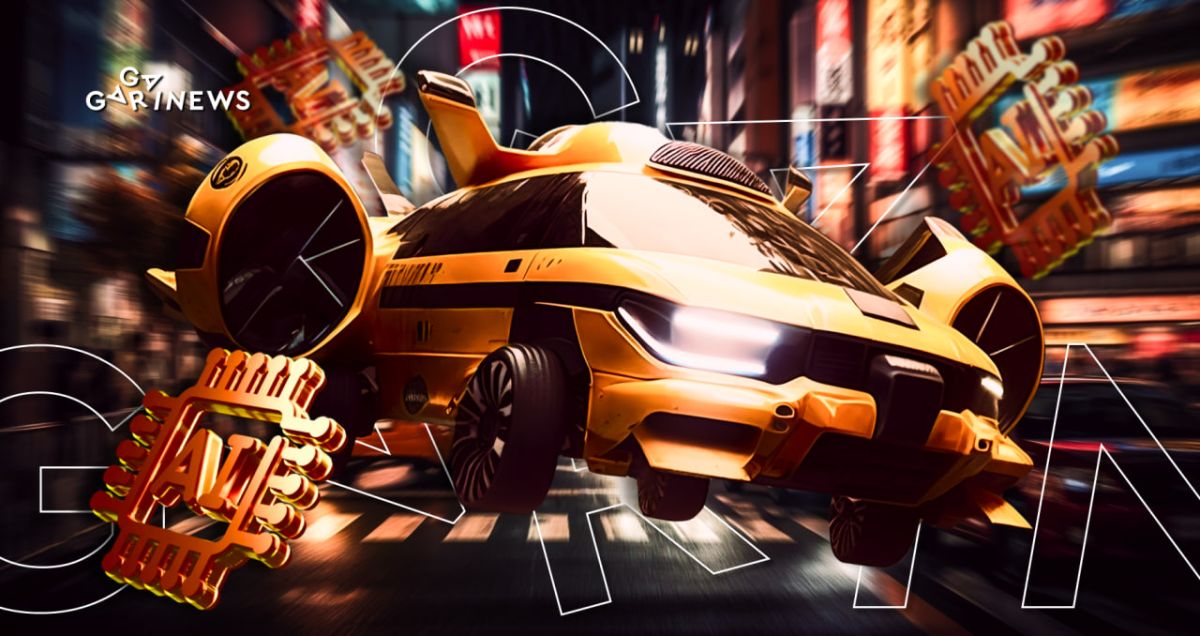AI in the Automotive Industry: Robotaxis and Beyond

As night settles over certain districts of San Francisco, streets come alive with futuristic taxis that lack a human touch behind the wheel. These aren’t just test vehicles; they’re commercial robotaxis steered by AI. While such scenes are currently limited in the U.S., it seems that Asian manufacturers are edging ahead in the race toward automotive automation.
On this page
In August 2023, Toyota and partner Pony.ai announced expansive plans to mass-produce robotaxis in China. Pony.ai has already marked its presence, having rolled out successful robotaxi pilots in metropolises such as Beijing, Shanghai, Shenzhen, and Guangzhou. Meanwhile, Toyota has pledged to expedite the design and manufacturing of “smart cockpits”, tailored to meet the nuances of the Chinese market.
This is not only an important step for Toyota to carry out ‘Chinese-style succession and evolution' but also a new stage in our business cooperation with Pony.ai
remarked Toyota China CEO Tatsuro Ueda.
The companies have formed a partnership with China's state-owned Guangzhou Automobile Group to bring their project to fruition. This collaboration will be responsible for producing robotaxis and providing customer service. An initial investment of around $140 million is set for the venture.
What's noteworthy is that Pony.ai has previously attempted to enter the U.S. market. They introduced a pilot service in California with a fleet of 10 robotaxis, built on the Hyundai Kona model, and were granted permission for public road tests. However, in October 2022, an incident occurred where one of their taxis toppled three traffic signs. As a consequence, the California Department of Motor Vehicles withdrew Pony.ai's license.
Put simply, the pilot ended in a setback. Pony.ai then became the first company to pull certain versions of their AI software for autonomous cars. While manufacturers recalling vehicles is a regular occurrence, it's unprecedented when it comes to AI software.
Robotaxis Pony.ai: A Monumental Blunder on Wheels Source: Pony.ai
Examples like these have caused car manufacturers outside of China to rethink their ambitious goals for the development of robotic transportation. In addition, there are regulatory constraints on its use in both the EU and the US, which means advancements often don't progress beyond experimental stages.
But there's another angle to consider – the potential uses of self-driving cars. At present, their deployment is largely commercial and restricted to specific regions.
The limitation stems from the specifics of machine learning in artificial intelligence: AI is often trained rigorously on distinct routes within a given locale. This is suitable for taxis, delivery services, and shuttling goods to retailers, but it doesn't yet meet the needs of the personal car market.
As a result, auto giants are focusing more on a fusion of human drivers and AI in car operation. This significantly elevates safety standards: AI can monitor vehicle systems, apply emergency brakes, and correct the trajectory, among other functions, while the human driver navigates the route and takes the helm in complex driving scenarios.
Moreover, the automotive realm is now utilizing advanced language models for voice commands, fostering a genuine dialogue between the driver and the vehicle's AI. For instance, Mercedes-Benz has announced the inclusion of the renowned GPT chatbot, facilitated via the Microsoft Azure OpenAI platform.
Generative AI, and here in particular large language models, show enormous potential in the processing and generation of natural language,
remarked Isabel Meurer, the Communications Manager for Mercedes-Benz’s Operating System (MB.OS).
While some car enthusiasts are still wary of these new features introduced by vehicle manufacturers, and voice concerns about AI's role in driving, it's evident that artificial intelligence's integration into cars represents the future of the automotive industry. The emergence of autonomous vehicles globally is just around the corner.
The content on The Coinomist is for informational purposes only and should not be interpreted as financial advice. While we strive to provide accurate and up-to-date information, we do not guarantee the accuracy, completeness, or reliability of any content. Neither we accept liability for any errors or omissions in the information provided or for any financial losses incurred as a result of relying on this information. Actions based on this content are at your own risk. Always do your own research and consult a professional. See our Terms, Privacy Policy, and Disclaimers for more details.



























